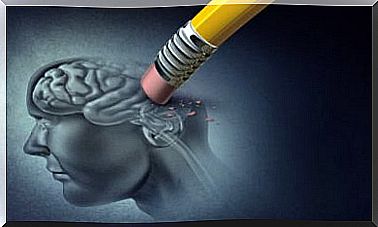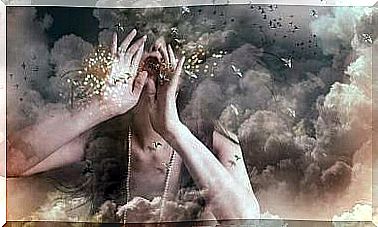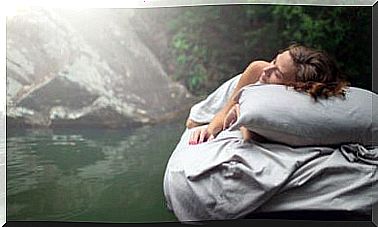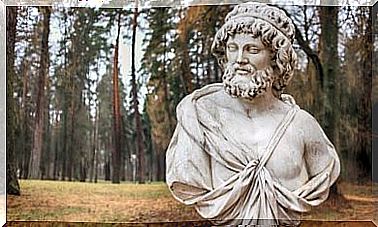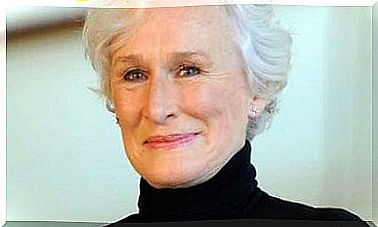Mindfulness For Our Day To Day
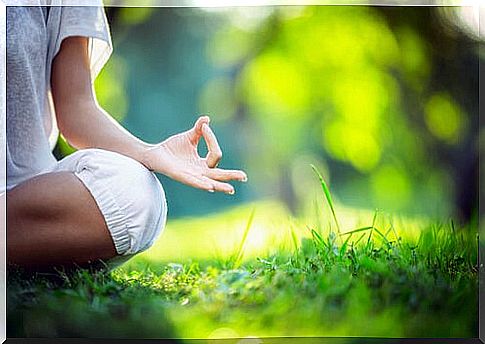
Attend to our present is the pending task of most of us. Disconnecting from what was in the past or from what may happen in the future and turning our senses to the here and now is the bridge of union with our interior and precisely one of the objectives of mindfulness.
This ancestral philosophy, so fashionable today, invites us to adopt an attitude of openness to everything that happens based on the practice of acceptance. Mindfulness offers us the possibility of conceiving our mind as a space free of judgments in order to free ourselves from the automatism in which we live immersed day after day. Let’s delve into this wonderful philosophy.
The speed of our days
How many times a day do we have that feeling of speed, of not having time to complete our daily purpose list? We live longer but with a faster pace of life, making it easy for us to lose our breath and our connection with ourselves.
It is a time of speed, indeterminacy and noise, a lot of noise, both external and internal (mental). We find ourselves surrounded by thousands of tasks to do that we sometimes postpone, continually bombarding ourselves with ideas and information from the media and the environment where we find ourselves. To this we must add our inner voice. Thought seems to be always present. Eckhart Tolle made the following clarification:

We live backwards and forwards, while the present moments vanish in a matter of seconds without even realizing it. Without forgetting the addiction to our thinking that manifests itself continuously. We love to think, hypothesize about facts, and get sucked into the vicious circles and labyrinths of our beliefs.
Silence our mind
Perhaps most importantly, we ignore that the way out of these self-imposed traps is found by silencing our mind. Only by renouncing the widespread and contagious idea that the solution lies outside or far from ourselves, will we discover where that long-awaited happiness hides.
Thus, we look for solutions everywhere, in a thousand possible ways, almost always focused on something external, without realizing that they are almost always found in the here and now. In that almost unexplored background of each one of us and that makes us so afraid to look.
They say that the only thing that man can have is the present, the here and now and without a doubt, it is what we waste the most. To learn to value it, we have the help of mindfulness. Let’s see what it is about below.
What is mindfulness?
The word “Mindfulness” is known in Spanish as ” full attention ” and ” mindfulness ” and is considered the cornerstone of Theravada Buddhism. It is identified with a set of practices that have in common fixing the attention in the present moment, without judging and with a kind and loving attitude towards what is contemplated. In everyday life, the most used word to refer to this philosophy is meditation. Above all, mindfulness is an experience that must be lived and that has its own nuances.
Many are the authors who have provided us with a definition for mindfulness such as Guy Armstrong who says that it is ” knowing what you are experiencing while you are experiencing it .” On the other hand, Vicente Simón (2007) has defined it as “ the universal and basic human capacity, which consists of the possibility of being aware of the contents of the mind moment by moment. But mainly the entire spectrum of existing definitions converge in three terms: consciousness, present experience and acceptance (Germer, 2005).
The use of mindfulness will therefore be beneficial to silence our mental noise, that is, to silence and calm our mind and see clearly. Well, as we have mentioned before, we find ourselves constantly thinking about the past and planning for the future, occupying a large part of our day. In this way, we will learn to connect with our present and live experiences second by second.
Mindfulness involves reaching a state of consciousness that allows us to pay attention to the experience of the moment. This state is cultivated and developed through the practice of meditation, constituting a way of relating to the totality of the experience. In addition, this practice provides us with a means with which we can reduce our general level of suffering and increase our level of well-being (Germer, Siegel and Fulton, 2005).

The mind-body relationship
An important aspect to highlight in the practice of mindfulness or mindfulness is the relevance attributed to the unity of mind and body. Through it, physical sensations are related to the cognitive-emotional sphere.
In the practice of meditation, this union is basic and crucial. Both entities communicate actively and continuously, configuring the vision of an integrated living being that interacts with its internal environment.
How to practice mindfulness on a day-to-day basis
Mindfulness can be practiced in a number of ways. This discipline ranges from the most orthodox or traditional practice such as vipassana meditation, to the exercises and strategies integrated in a therapeutic intervention program. Even isolated breathing exercises performed in an informal context, such as home or work, are also mindfulness. Some practices that we can incorporate into our day to day are:
- Meditate while we walk. Giving ourselves a half hour walk while we train not only our body but also our mind is mindfulness. We just have to find the most liberating pace of walking for us. The next step would be to focus attention on our breathing and then pay attention, for example, to the sensation of our feet on the ground or the touch of the wind on our arms.
- Mindfulness at home. Choose a space that is pleasant for us that is free of distractions, a time of day and above all, commit to ourselves. We can start with 10-15 minutes focusing on our breathing or some technique with which we feel comfortable and gradually extend the time. Little by little, we will experience its benefits.
- Have breakfast to the rhythm of mindfulness. This practice is very simple and prepares us to start the day in a different way. It’s about connecting with ourselves early in the morning, rather than starting on autopilot and rushing. You just have to sit in a quiet place, without distractions and start eating breakfast with full awareness. How? Paying attention to the multiplicity of flavors, smells or even the touch of the food we eat. With this, we will connect with our present.
Other practices can be to pay attention to all the sensations of our body while we shower or to focus on the sounds that happen around us, without judging them.
An enriching experience
As we can see, mindfulness is a skill that can be learned and trained. In fact, the more you practice, the better results you can get and the easier it will be to focus your attention on your breathing. This in itself, will already be meditation, where changes, experiences, sudden understandings or insights take place.
Mindfulness is a special way of seeing, a special way of observing. Its practice allows us to develop a special relationship with our private events, that is, with ourselves and therefore with the way we experience our life and relate to others. Mindfulness is an experience to be lived.
Bibliography:
Simón, V. (2011). Learn to practice mindfulness. Barcelona: Stamp.
Simón, VM (2003), «The emotional debt», Psicothema, 15 (2): 328-334.
Tolle, E. (2009), All living beings are one, Debolsillo, Barcelona.

